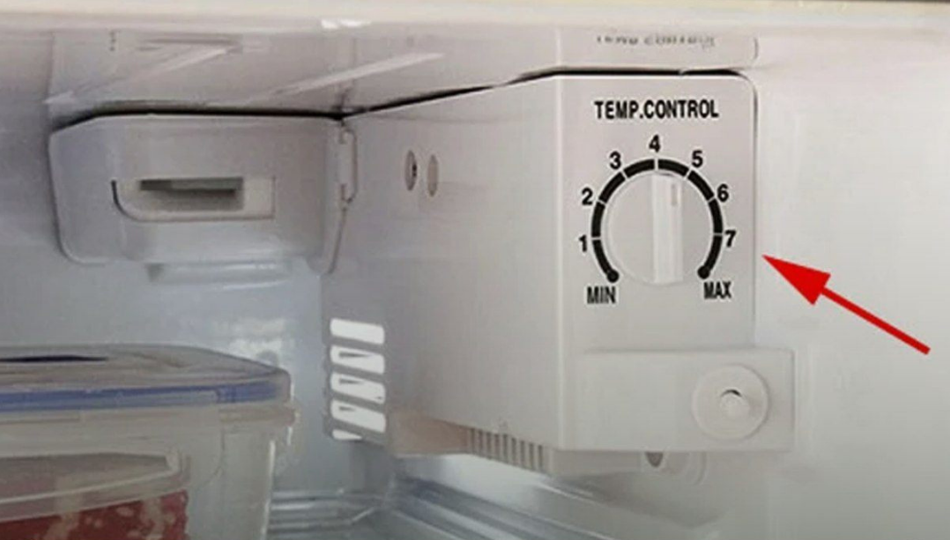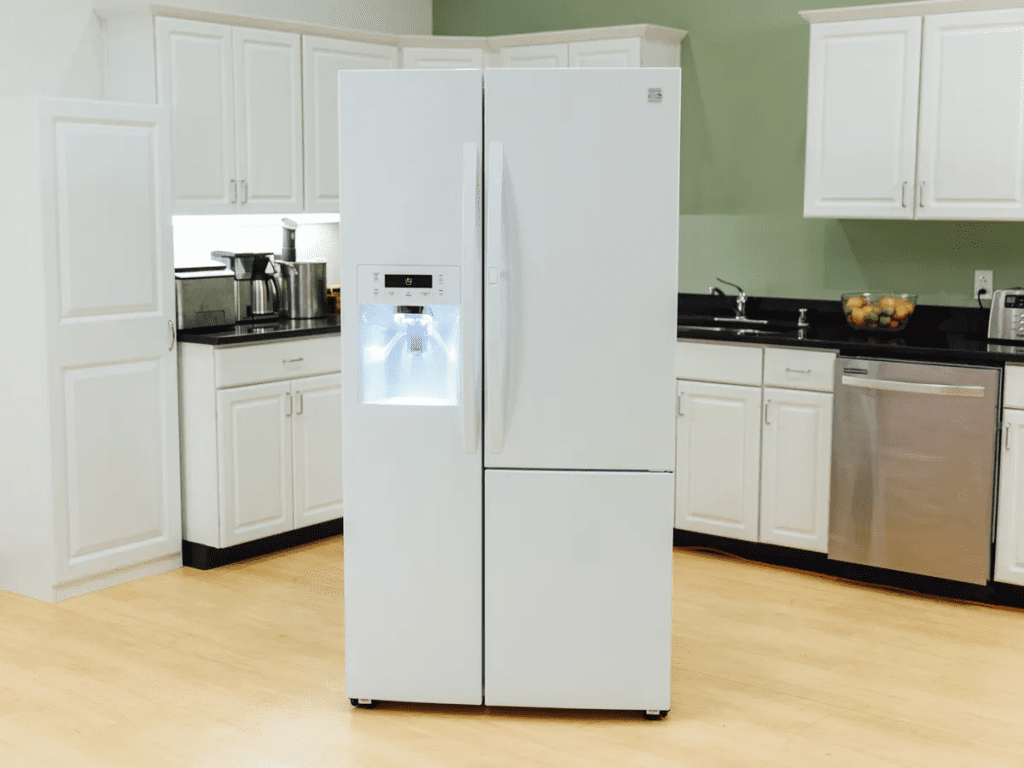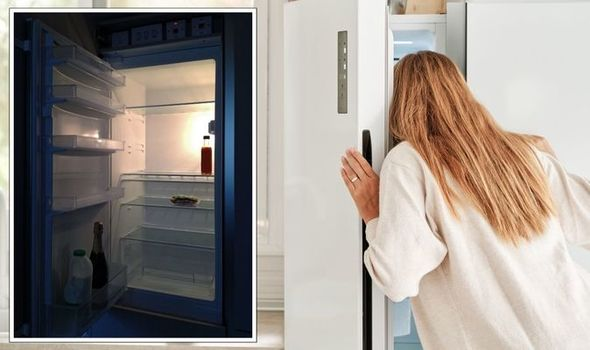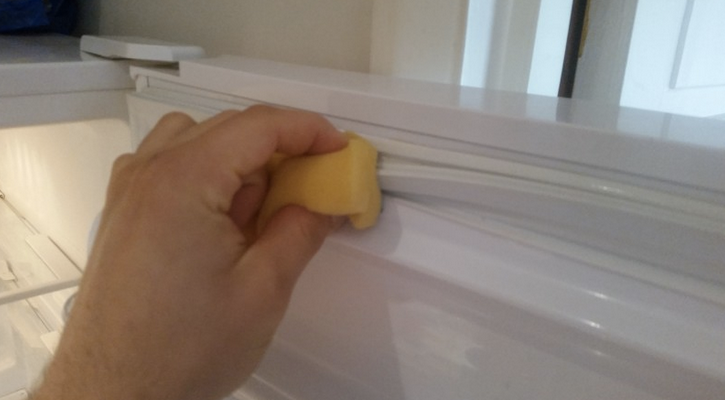Refrigerators are one of the largest consumers of electricity in most households, running 24/7 to keep our food fresh. While many of us focus on upgrading to energy-efficient models or changing our usage habits to save on power, few are aware of a simple, hidden feature in many modern refrigerators that can lead to significant savings. It’s called the “energy saver” or “eco mode” button, and with just one press, it can reduce your refrigerator’s energy consumption, helping you save on electricity bills.
The Hidden Button: What Exactly Is It?

Tucked away inside many refrigerators is a small but mighty button labeled as “Energy Saver,” “Eco Mode,” or something similar. Despite its potential to save money and reduce energy use, this button is often overlooked, either because people don’t know it exists or because its benefits are not well understood. So, what does it actually do?
This energy saver button is designed to adjust the refrigerator’s operation to be more efficient, without compromising its ability to keep food safe. By activating this feature, your refrigerator can optimize energy use, cutting down on unnecessary power consumption. In a world where every bit of energy savings counts, this button could collectively save millions in electricity bills if more people were aware of its benefits.
How the Energy Saver Button Works
The energy saver button works by making small, strategic adjustments that optimize how your refrigerator operates. Let’s break down some of the key functions it controls:
1. Defrost Cycle Management
One of the biggest energy drains in a refrigerator is the automatic defrost cycle, which melts any ice buildup that forms in the freezer. In normal operation, most refrigerators run defrost cycles frequently to keep frost at bay. However, defrosting requires energy, and running this cycle too often can consume more power than necessary.
When you activate the energy saver mode, the refrigerator reduces the frequency of these cycles. Instead of defrosting as often, it does so only when absolutely needed. This small adjustment lowers the refrigerator’s overall energy use while still preventing excessive ice buildup that could impact cooling efficiency.
2. Temperature Control Adjustments
In energy-saving mode, the refrigerator may slightly raise the internal temperature settings to minimize how hard the cooling system has to work. This adjustment is subtle enough that it won’t compromise food safety, but it prevents the compressor from overworking. For instance, the refrigerator might increase the temperature by a fraction of a degree, which can still preserve food freshness but uses less energy in the process.
Think of it like setting the thermostat in your home a degree or two higher in the summer or lower in the winter. That small change can make a significant difference in energy use over time.
3. Door Heater Control
Some refrigerators come with door heaters to prevent condensation from forming on the outside of the appliance. These heaters are useful in high-humidity environments where moisture buildup can cause problems, but they can also consume a surprising amount of energy.
When the energy saver button is activated, it automatically deactivates the door heater if the humidity level in your home is low enough that condensation isn’t an issue. By turning off this unnecessary feature, you can avoid wasting energy on something that isn’t needed, saving money in the long run.
Why You Should Activate the Energy Saver Mode

You might be wondering if these small changes really make a difference in energy use. The answer is a resounding yes! Activating the energy saver mode can yield benefits such as:
- Lower Energy Bills: Over time, reducing the frequency of defrost cycles, raising internal temperatures slightly, and deactivating door heaters can add up to significant savings on your electricity bill. This is especially true for households with older refrigerators that lack modern energy-efficient features.
- Reduced Environmental Impact: Using less electricity not only saves you money but also reduces your carbon footprint. By cutting down on your refrigerator’s energy consumption, you can do your part to help reduce greenhouse gas emissions.
- Longer Appliance Lifespan: When your refrigerator’s compressor and other components don’t have to work as hard, they experience less wear and tear. This can extend the lifespan of your refrigerator, reducing the likelihood of expensive repairs or the need to replace the appliance prematurely.
How to Locate and Activate the Energy Saver Button

Finding the energy saver button on your refrigerator is typically quite simple. In most models, it’s located near the temperature control panel or inside the main compartment. Here’s a quick guide to help you locate and use this feature:
- Check the Control Panel: The energy saver button is often found on the control panel inside the fridge or on the front display panel, if your model has one. Look for a button labeled “Energy Saver,” “Eco Mode,” or a similar name.
- Consult Your Manual: If you’re having trouble finding the button, refer to your refrigerator’s user manual. The manual will have detailed information on where the button is located and how to activate it.
- Press and Hold: In some cases, you may need to press and hold the button for a few seconds to activate energy-saving features. The refrigerator may beep or display an icon to indicate that the mode is active.
- Monitor Your Fridge: Once you’ve activated the energy saver mode, pay attention to how your refrigerator performs. In most cases, you won’t notice any difference in temperature or food freshness, but you’ll likely see a positive impact on your energy bill over time.
Tips for Maximizing Energy Savings with Your Refrigerator

While activating the energy saver button is a great start, there are additional steps you can take to optimize your refrigerator’s energy efficiency:
- Keep Your Fridge Full: A well-stocked refrigerator retains cold air more effectively. If you don’t have enough food, consider storing water bottles to fill up empty space.
- Set the Right Temperature: For optimal energy savings, set your refrigerator to around 37°F (3°C) and your freezer to 0°F (-18°C).
- Regularly Clean Coils: Dust and dirt on the condenser coils force the compressor to work harder, increasing energy use. Clean these coils every few months to keep your refrigerator running efficiently.
- Minimize Door Openings: Every time you open the refrigerator door, warm air enters, and the fridge has to work harder to cool down again. Try to minimize door openings, especially during peak usage times.
Conclusion: The Power of a Simple Switch
The energy saver button on your refrigerator may be small, but it has the potential to make a big impact. By taking a few seconds to activate this feature, you can lower your energy consumption, reduce your environmental footprint, and save money on your electricity bill—all without compromising the performance of your appliance.
As we continue to face growing energy demands and environmental challenges, these simple changes can make a difference. So, next time you’re in the kitchen, take a moment to locate your refrigerator’s energy saver button. It’s a quick, easy way to start saving money and doing your part for the planet. After all, sometimes the best solutions are the simplest ones.


